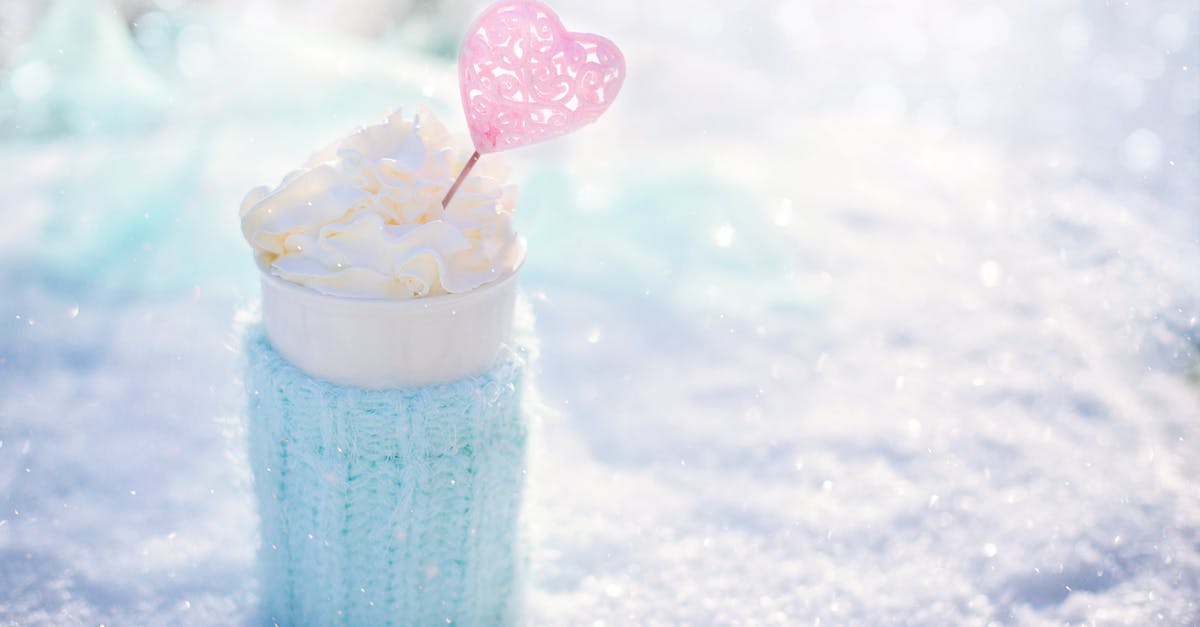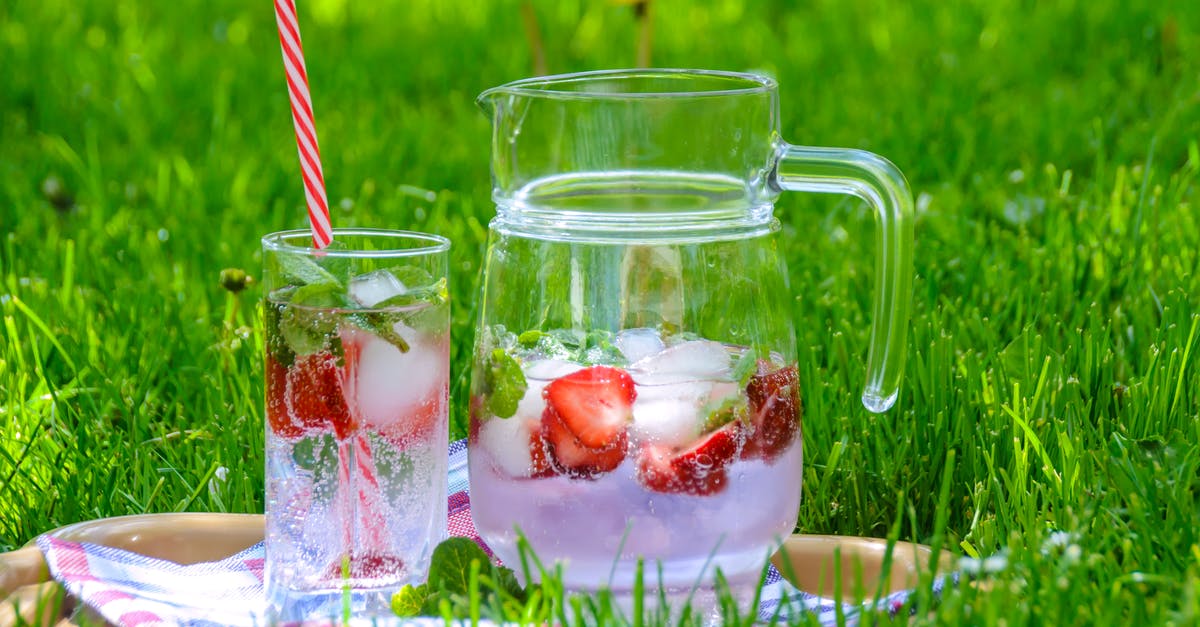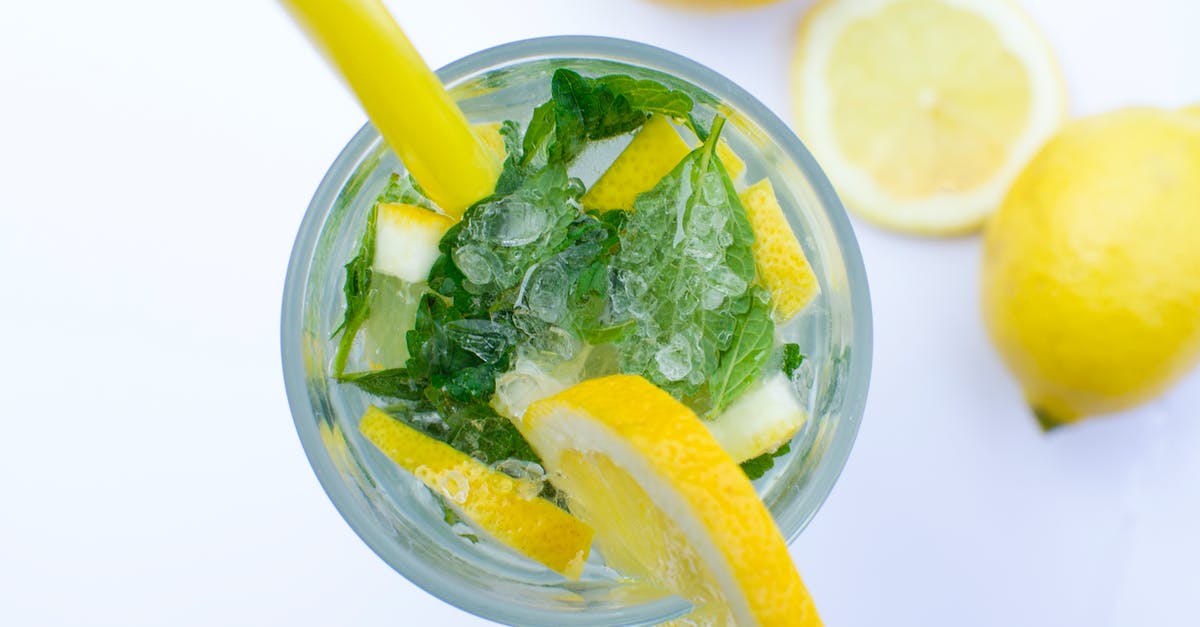Why can food be left out to cool (140F to 40F in < 6h) but not to defrost?

Local government food safety guidelines for storing foods (p26) which have already been cooked stipulate food internal temperature must be brought from above 140F (serving temperature) to 70F in less than 2 hours and from 70F to 40F in less than four hours.
Why then do the rules for defrosting (p23) (the reverse) say food should be at room temperature "for very short periods during preparation" and foods can only be defrosted in one of three ways: in refrigerator, under running water, or in the microwave provided there is no interruption in the cooking process (ie. partially in the microwave then cooked or all in microwave). If its just time and temperature, why is the cook trusted to watch the clock for cooling and not defrosting?
Previous posts have asked for guidelines and best practices; however, my question accepts the practical advise and hopes to discover the political (creating effective guidelines) and biological (does warming from 40F generate more/more harmful bacteria than cooling from >140F?) reasons. I have my own theories but what are yours?
Best Answer
The very document you link to clearly explains the reason:
It is important to use methods that will allow the entire mass to thaw evenly. Any method that allows one part, for example, the outside surface, to defrost before the inner portion is not acceptable, because the portion that thaws out first will be in the danger zone before the other portion is thawed.
Bacteria grow and produce toxins while in the danger zone. If you thaw on the counter then the exterior will be crawling with them long before the interior is thawed.
The other methods are acceptable because:
- Keeping the food refrigerated never permits any part of the food to enter the danger zone.
- Very cold water keeps the exterior cold, which is close enough to refrigeration as long as the food will be cooked immediately.
- Microwaves partially penetrate the interior and cook the entire portion very quickly; the food will be in the danger zone but for too short a time period to matter.
It's also very important to note that the cooling rules are not about simply "watching the clock". If it were that simple, they wouldn't bother with rules, because room temperature is in a pretty consistent range no matter where you are. Cooling hot, potentially-dangerous food on a countertop is every bit as inappropriate as defrosting it there. Food service professionals will hold the food above 140° F until it is ready to serve or store, and if storing, they'll cool it very quickly by dividing into smaller portions and/or using an ice water bath or even specialized equipment (e.g. flash freezing).
There's really no practical difference here. The extra 1 hour permitted to cool from 140° F to 70° F is really only because you've just cooked it, so (a) it's been pasteurized and (b) temperatures very close to 140° F are not very hospitable for bacteria should the food become contaminated again. When defrosting from frozen, it's assumed that the food (cooked or raw) is already contaminated either from factory handling or from prior cooling in the danger zone, so you need to strictly follow the 2-hour rule.
Pictures about "Why can food be left out to cool (140F to 40F in < 6h) but not to defrost?"



Can you defrost cooked food at room temperature?
Follow the manufacturer's defrosting instructions. Food should be left out at room temperature for the shortest time possible. Ideally, defrost these foods in the fridge. Foods will defrost quite quickly at room temperature, but harmful bacteria could grow in food if it gets too warm while defrosting.When cooling food that is over 135 F what temperature must it reach within 2 hours?
TCS food must be cooled from 135\xb0F to 70\xb0F within 2 hours and completely cooled to 41\xb0F or below within 6 hours.How long can a cold dish be out at room temperature before needed to be returned to colder temperatures?
This range of temperatures is often called the "Danger Zone." Never leave food out of refrigeration over 2 hours.What must happen to food left out with no temperature control for longer than four hours?
After four hours, most TCS foods will have a high enough bacteria count that they become dangerous to eat. The temperature of TCS foods can also encourage bacteria growth. The temperature range between 41\xb0 and 135\xb0 Fahrenheit creates conditions for rapid bacteria growth.How long can food be left out?
More answers regarding why can food be left out to cool (140F to 40F in < 6h) but not to defrost?
Answer 2
Cooked foods are starting with a very low bacterial count, because the cooking process killed everything. Defrosting foods are starting from an unknown count, because they picked up some during the cooling process before they were frozen. Bacteria multiplies exponentially, so the starting point matters greatly.
I'm glad you asked for theories because I don't have anything to back this up.
Answer 3
When defrosting there could be a big difference in temperature between the outside and middle of the item. The middle could still be rock hard when the outside is warmed into the danger zone on a summer's day. Thus the recommendation is to defrost within a refrigerator as the max temperature any part gets to will be controlled. Defrosting in running water or microwave are also acceptable as they are fast and so little has time to grow and go bad.
Answer 4
We do seem to be missing an important point here... cooling is not allowed to happen at "room temperature" at product temperatures below 140 F; only until reaching 140 F from some higher temp. In fact, no food that supports bacterial growth is allowed to be kept at "room temperature", or any temperature inside the danger zone (40 - 140 F) for any period of time except in preparation for chilling, cooking, or service, and that only very carefully under sanitary conditions. Check the USDA guidelines (I just did, courtesy of NDSU: http://www.ag.ndsu.edu/pubs/yf/foods/fn572-1.htm#Safe )
Sources: Stack Exchange - This article follows the attribution requirements of Stack Exchange and is licensed under CC BY-SA 3.0.
Images: ANTONI SHKRABA, Jill Wellington, PhotoMIX Company, Lukas
